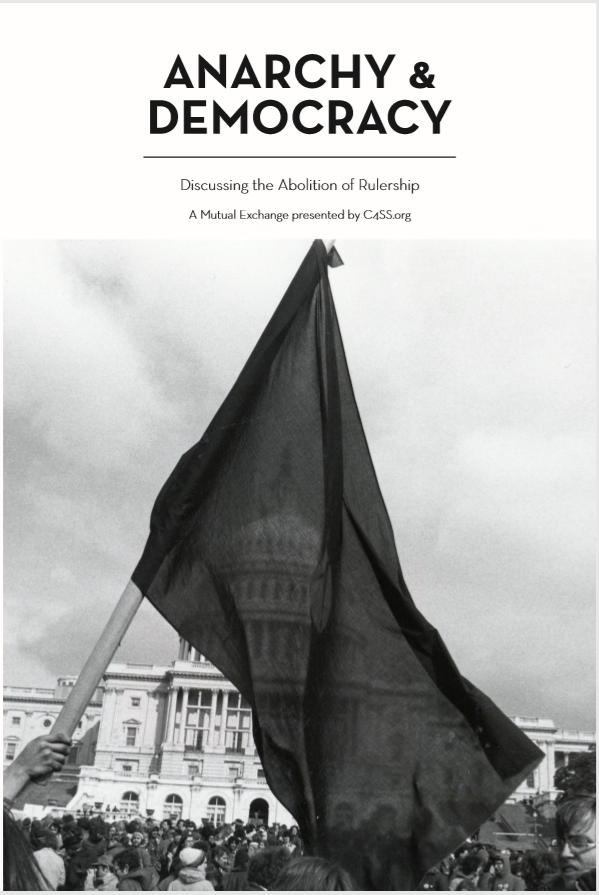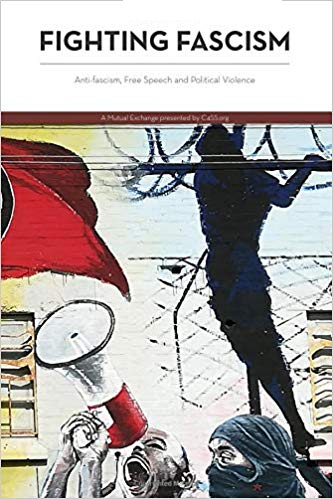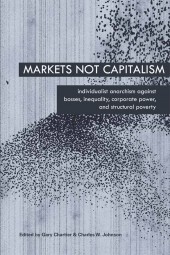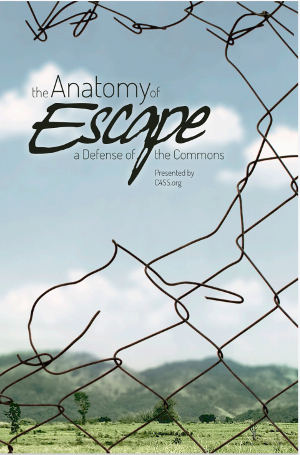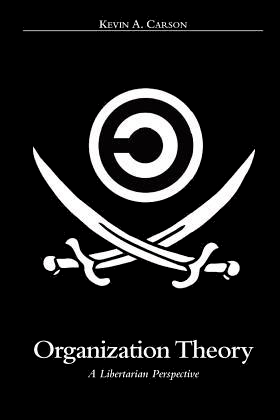The term “fascism,” as George Orwell once cautioned, has often been diluted, losing its precise meaning and becoming a generic slur. This has led to its misapplication, where its core ideology is overlooked in favour of its more superficial traits, such as authoritarianism and militarism. While these are certainly present in fascist regimes, they are not the sole defining characteristics. However, there are political groups that are accurately identified as fascist. The Myanmar military dictatorships, including the current junta, stand as a particularly fitting and accurate example of a fascist regime.
Myanmar Military: The product of Imperial Japanese Army
The foundation of the Myanmar military can be traced to World War II, when Imperial Japan, a fascist power, recruited and trained Burmese nationalists to fight against British and Allied forces. Admired for its victory in the Russo-Japanese War, Japan promised independence to Burma in exchange for its support.
In January 1942, the Burma Independence Army (BIA) was formed under the leadership of Keiji Suzuki and Aung San. Initially composed of 2,300 men, the BIA grew significantly while assisting Japan’s invasion of Burma. However, its propaganda efforts failed to win over the Karen people, who remained loyal to the British. This led to a massacre of at least 1,800 Karen villagers, the first atrocity that revealed the brutal nature of the Japanese-trained BIA.
Understanding Fascism: Internationalist Socialism to Nationalist Socialism
Although Marxism was initially a groundbreaking and distinctive “scientific socialism” compared to other contemporary movements (especially utopian ones), its internal history was marked by a series of crises. These crises triggered various revisionist movements, leading to the development of different forms of socialism, ranging from revolutionary to evolutionary types. Georges Sorel, a leading Marxist thinker, identified a “crisis” or “decomposition” of Marxism resulting from two main trends: Orthodox Marxism (revolutionary social democracy) and Revisionist Marxism (reformist social democracy). Sorel argued that the prevailing trends in Marxism essentially stripped the ideology of its revolutionary purpose, converting it into a bourgeois political program. He believed that both currents of Marxism at the time simply aimed to install a new class of socialist politicians and intellectuals as administrators, replacing the existing capitalists, instead of pursuing a fundamental change. To preserve Marxism’s revolutionary spirit, Georges Sorel proposed revolutionary syndicalism, shifting the focus from parliamentary politics of social democracy to direct action driven by the inspirational, non-rational image of the General Strike (myth) led by autonomous trade unions (syndicates) in order to achieve the moral regeneration of the proletariat. Convinced that revolutionary syndicalism still failed to connect with the proletariat, he made another attempt to resolve the “Crisis of Marxism.” This effort culminated in the founding of the Cercle Proudhon, an unusual political group that brought together figures from across the political spectrum, including Marxists (like Sorel), syndicalists (Édouard Berth), anarcho-syndicalists (Georges Valois), monarchists (Henri Lagrange), and nationalists (Charles Maurras). This syncretic proto-fascist movement blended “revolutionary syndicalism or Sorelian Marxism” with nationalism, creating a “national syndicalism” that sought to attract a broader mass to socialist nation dream.
Mussolini at first was a member of the National Directorate of the Italian Socialist Party and was responsible for the “Avanti!” socialist newspaper. After becoming disillusioned with orthodox Marxism, Mussolini was influenced by Georges Sorel’s “revolutionary syndicalism,” a revisionist Marxist ideology. Furthermore, Mussolini’s internationalist convictions were further eroded by his observations in Trentino in 1909, where he saw Austrian socialists prioritize national identity over internationalism, promoting a “racial socialism” that marginalized Italians. His doubts solidified with the outbreak of World War I, as European socialist parties abandoned internationalism to support their respective nations’ war efforts. This led him to adopt national syndicalism, as he argued in his book Opera Omnia, that “the origin of our psychological malaise is this: we socialists have never examined the problems of nations. The International has never addressed this; the International is dead, dominated by events. Of course, the nation represents a stage of human progress, not yet surpassed. The feeling of nationality exists and cannot be denied!”
Fascism thus emerged from a synthesis of socialist and nationalist ideas, seeking to attract a mass following by prioritizing the nation over internationalist solidarity. This shift led to the development of state corporatism as a theory by Mussolini, which aimed to unify different classes to build a strong state capable of resisting Western imperialism, rather than encouraging class struggle, which would weaken the nation. In this sense, Mussolini’s state corporatism is indeed similar to Mao Zedong’s new democracy theory. Mao’s theory called for the class collaboration of the national four classes to prosper the nation so that the nation can stay against the western imperialism. Similar realities of national class collaboration in the name of anti-imperialism at the expense of class struggle can be seen in various “actually existing socialist countries” like China, German Democratic Republic, Democratic People’s Republic of Korea, and Socialist Republic of the Union of Burma.
Japanese Fascism: Pure Socialism
The fascist ideology of Imperial Japan is rooted in the ideas of Ikki Kita, often called the “father of Japanese fascism.” Kita’s philosophy, which he named “pure socialism,” was a blend of socialism, nationalism, Buddhism, Shintoism, and militarism. He advocated for a transformed Japan—one that was powerful, equitable, and anti-capitalist—to lead a global revolution against Western imperialism and colonialism as the vanguard of the proletarian nations. This vision was later adopted by the Imperial Japanese state, forming the core of Japanese fascism, an ideology that inspired many but ultimately resulted in his own execution.
This influence extended to colonised Southeast Asia. Both Subhas Chandra Bose and Aung San, who were initially drawn to communist and socialist ideals in their youth, ended up seeking Imperial Japan’s military aid to decolonize their respective nations from British colonialism. Bose founded the Indian Independence Army (IIA), and Aung San established the Burma Independence Army (BIA). Trained by the Imperial Japanese Army, they were likely exposed to and influenced by these syncretic fascist ideas. Bose, for instance, even tried to create a synthesis of national socialism and communism as his own political thought.
The Syncretism behind Burmese Way to Socialism
Following the 1962 coup, the Myanmar military, led by General Ne Win, a former member of the Communist Party of Burma, established the Burma Socialist Programme Party (BSPP) to govern the country with a new ideology: the “Burmese Way to Socialism”. Thein Phe Myint, the third General Secretary of Communist Party of Burma, along with many of its members welcomed BSPP regime as a Marxist-Leninist government even though Communist Party of Burma as a whole considered Ne Win’s regime an illegitimate government. The Communist Party of Burma (CPB) rejected the Burma Socialist Programme Party (BSPP)’s legitimacy as the vanguard of the working class, arguing the BSPP seized power through a coup to advance its own agenda, which clashed with the CPB’s. However, the BSPP’s guiding doctrine, the “Burmese Way to Socialism,” nevertheless incorporated many features and policies associated with Marxism-Leninism. As a result, Thakin Chit Maung, the co-founder of Burma Workers Party (another Marxist-Leninist party), along with many of its members also either welcomed or joined the BSPP regime. Thakin Tin Mya, an alternate member of the Central Committee of the Communist Party of Burma, even helped the BSPP regime to develop its ideology Burmese Way to Socialism along with U Chit Hlaing, The main architect of this ideology.
U Chit Hlaing was a politically active figure in Myanmar, having been a member of three distinct parties: the Communist Party of Burma, the Red Flag Communist Party of Burma, and the Burma Socialist Party. He was also the founder of People’s Literature Company which translated and interpreted the works of Karl Marx and Mao Zedong. Chit Hlaing’s intellectual journey was shaped by his experiences abroad. Due to his disagreements with CPB’s official line of Stalinism, he was denied a chance to study in the Soviet Union and instead went to Paris. There, from 1951 to 1955, he was exposed to new revisionist Marxist-Leninist ideas, particularly the Marxism of Marshal Tito in Yugoslavia, who had defied Stalin without aligning with the Western bloc. This example of non-orthodox communism and the rise of the Non-Aligned Movement deeply influenced Chit Hlaing. Upon his return to Burma in 1955, Chit Hlaing began writing for the military-published magazine Myawaddy. In his articles, he criticized Stalinism and developed the philosophical framework of “synthesis of idealism and materialism”. This new ideology sought to combine Marxist materialism with Buddhist principles. It reinforced this correlation by employing traditional Pali terms to introduce and recontextualize Marxist and socialist ideas. Indeed, Chit Hlaing’s syncretic ideology sought to lay a philosophical foundation for a future socialist state that would be acceptable to Buddhist moral values. Even though Chit Hlaing used Marxist-Leninist concepts like anti-capitalism, Bolshevik style vanguard party, and socialism in one country, it was explicitly nationalist and conservative at the same time. Similar to third positionist state-corporatism and Mao’s new democracy, “The Burmese Way to Socialism” focused on state building through class collaboration in the name of “anti-imperialism” considering itself an oppressed nation, and implemented state-controlled economy through nationalisation. Also, similar to National Bolsheviks, it practised “ultra-nationalistic” othering politics towards those who it considered foreigners and bourgeoisie (especially Indians and Chinese). In the context of Burmese politics, Chit Hlaing can be seen as the intellectual architect of the regime’s ideology, similar to how Giovanni Gentile was the philosopher of Italian fascism, while Ne Win acted as the political leader who implemented and embodied that ideology, much like Mussolini.
Thus, the original military dictatorship in Burma, under the “Burmese Way to Socialism,” adopted a similar form of socialism to “socialism in one country model” and “National Bolshevism” by blending nationalism with socialism. In this political system, the vanguard party, which was the sole legal party, used the state to replace the bourgeoisie by controlling the means of production and effectively appropriating the surplus value (as the capitalist class no longer existed). To maintain its control, the party outlawed trade union movements and suppressed any form of dissent, labeling it as counter-revolutionary to the “socialist state.”
Post-BSPP military regimes and their neo-fascism
However, in 1988, the Myanmar military seized power, dissolving the Burma Socialist Programme Party and establishing the State Law and Order Restoration Council (SLORC), later renamed the State Peace and Development Council (SPDC). This regime abandoned socialism and governed as a pragmatic authoritarian state until 2010. Although the SLORC/SPDC lacked a clear ideology, its supreme leader, Than Shwe, was a former member of the BSPP and even successfully completed the Higher Command and Staff Course at the Frunze Military Academy in the Soviet Union. He also received specialized military officer training from the KGB in the Soviet Union. This SLORC/SPDC regime didn’t hold significant ideology even though it resonated with the Stalinist anti-federal views, and imitated the Russification of the USSR by implementing Burmanization policies against the non-Bamar ethnic populations. The regime systematically employed severe state-sanctioned violence, such as mass killings, sexual violence (used as a military tactic), and attempted genocide, against ethnic populations who opposed its campaign of forced cultural assimilation (Burmanization).
Following the contested 2010 election, the quasi-military government, led by President Thein Sein and the USDP (Union Solidarity and Development Party), adopted an ideology best described as far-right identitarian neo-fascism. This new direction centered on ultranationalism and Buddhist identity, specifically targeting non-Buddhists, particularly Rohingya and Bengali Muslims. This ideological shift caused many anti-military Buddhist nationalists to align with the regime. This wave of ultranationalism directly spurred xenophobic policies and attempted genocides against both Bengali and Rohingya groups. Furthermore, it reinforced the defense of the Burmanization process and maintained anti-federal (Stalinist) positions, depicting any push for federalism as an attempt at ethnic separatism.
Following the 2021 coup, General Min Aung Hlaing‘s military junta has signaled an intent to reject neoliberalism by pursuing a unitary state and reviving the state cooperative economic system used during the BSPP era. The junta continues to engage in genocidal campaigns against the Rohingya, equate federalism with separatism in a form of fear-mongering, and commit war crimes against all civilians who oppose its definition of “the state.”
Summary
The BSPP regime was ideologically syncretism of the antithetical philosophies such as Bolshevism and nationalism, along with dialectical materialism and absolute idealism. Although the second generation of the military junta did not adhere to a single official doctrine, it nonetheless implemented policies that were ultranationalist, anti-federal, isolationist, and totalitarian. Its approach to governance—including its focus on Burmanization and its stance on anti-imperialism—was strongly reminiscent of ideas found in Stalinism and National Bolshevism. Today’s junta is adopting both these historical ideological strands along with neofascist identitarianism, as a desperate strategy to maintain its grasp on power. The various military regimes in Myanmar have, at different times, demonstrated an adherence to at least one form of fascism, either through their operational nature, underlying philosophy, or articulated ideology.



